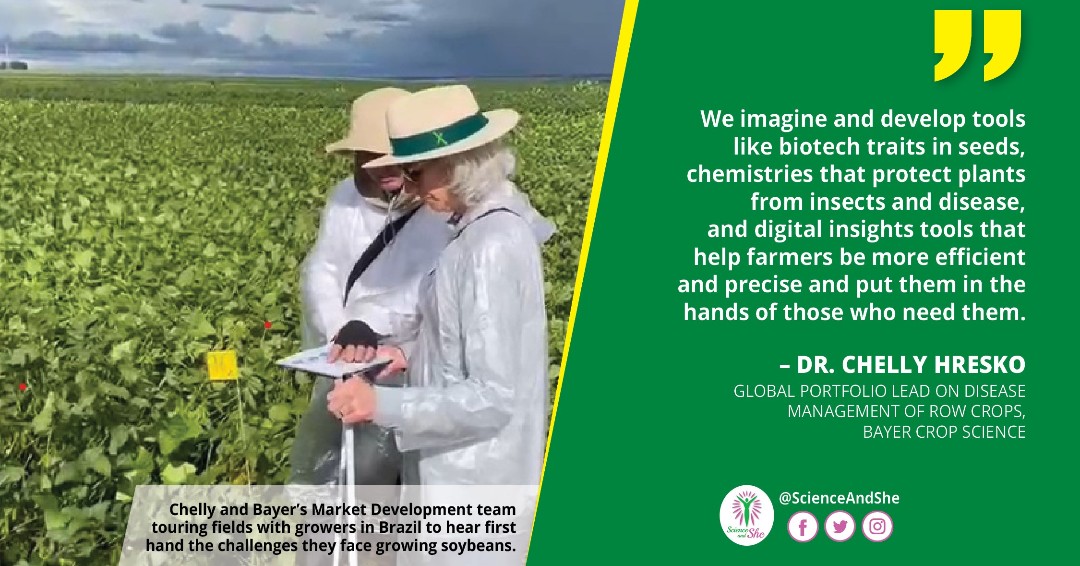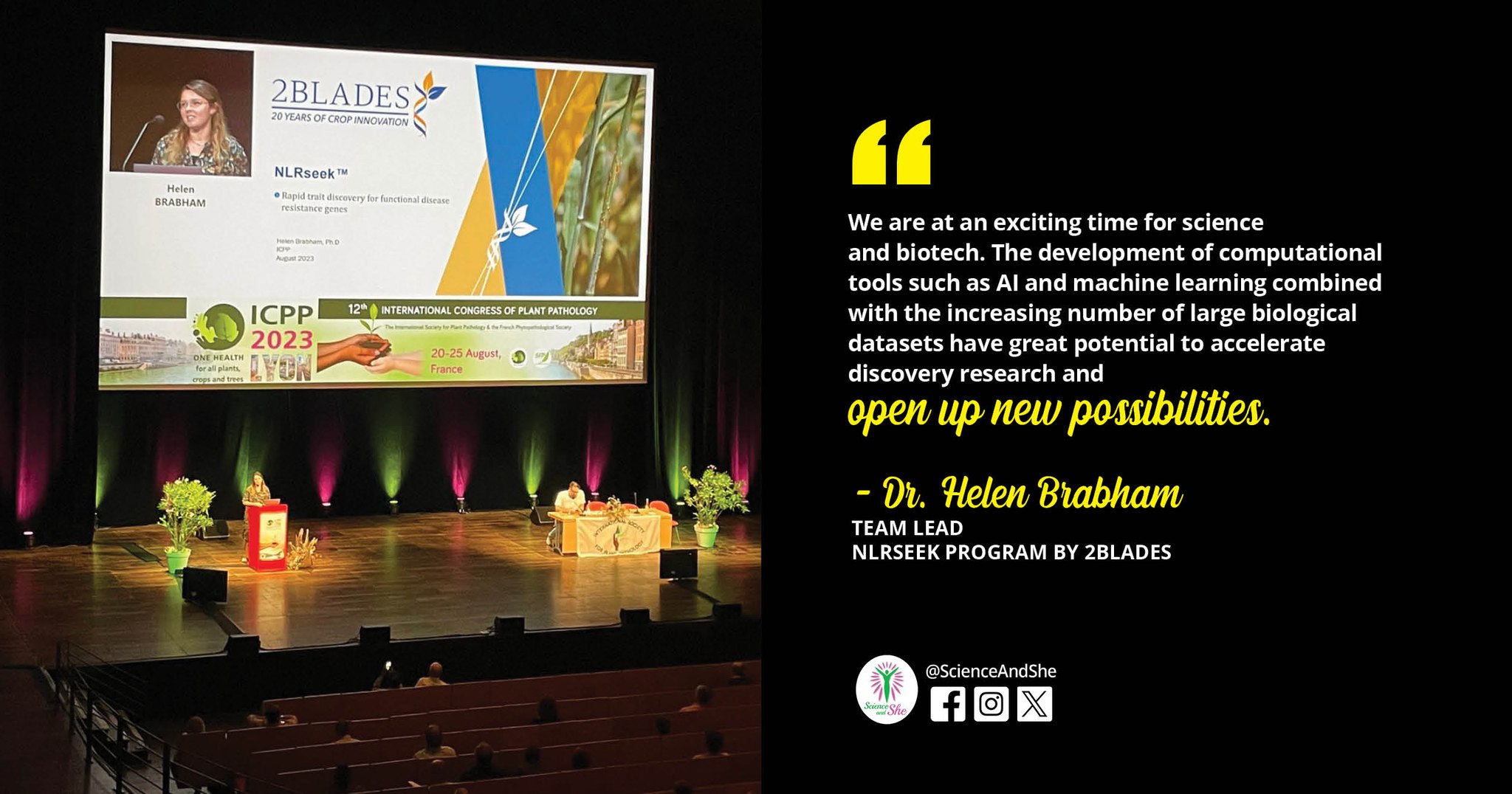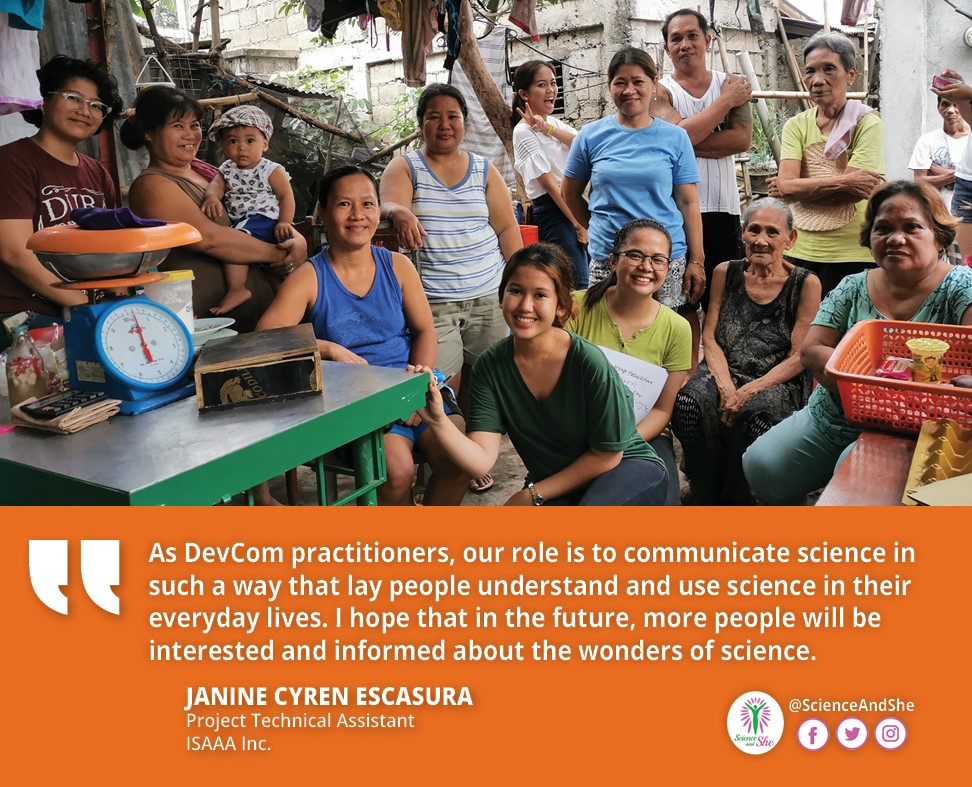Women Winning Scientific Innovations #ForAllWomenandGirls
| |
As the world celebrated International Women’s Day (IWD) on March 7, 2025, the United Nations called on governments to take bold actions that will help close the gender gap by 2030. UN Women outlined six actions that governments can take that are centered on making a difference in the lives of women all around the world. These include enacting policies that bridge the digital gender divide, giving women an equal chance to prosper and fight poverty, promoting national laws and policies that signal zero impunity toward violence against women, increasing the number of women in decision-making positions in politics, business, and institutions, boosting women's meaningful participation in all aspects of peace and security, and prioritizing women's and girls' rights and leadership in climate action.
UN also encouraged individuals to join the UN Women’s 2025 global campaign for action #ForAllWomenAndGirls and advocate for women in leadership.
ISAAA Inc. seeks to build up the lives of women through the Science and She campaign. Launched in 2018, the online campaign aims to empower women in science by showcasing the experiences and viewpoints of female scientists and science communicators. In the past year, three Science and She curators collectively contributed to the advancement of science in their own disciplines.
Scientific discoveries for food security
Dr. Chelly Hresko, Global Portfolio Lead on Disease Management of Row Crops at Bayer Crop Science, is passionate about scientific discoveries that lead to products that will contribute to feeding the global population. Dr. Hresko studied the model nematode, Caenorhabditis elegans, to research muscle development for her post-doctoral degree. Using her expertise in C. elegans, she helped an ag startup company conceptualize products that could help control plant parasitic nematodes, which can be devastating to crop yields.
“My wish is for the world to embrace crop biotechnology and the power it holds in achieving global food security. Since the 1990s, the use of biotech crops has increased global food, feed, and fiber production while enabling growers to reduce the impact of production on the environment (2022, Graham Brookes, Director of PG Economics). Despite this positive impact, many regions of the world will not allow their farmers to grow biotech crops. Getting these technologies, as well as newer ones like gene editing, into the hands of smallholder farmers could greatly increase the probability of achieving food security worldwide. But first, society needs to understand and accept,” Dr. Hresko shares with Science and She followers on Facebook, X, and Instagram.

Dr. Hresko believes that effective science communication is key in working toward understanding and acceptance of crop biotechnology, and women play key roles in this endeavor. “Women make up more than 50% of our communities and make a higher proportion of household decisions than men. Who can be more relatable to this significant portion of the population than women scientists?” Dr. Hreskco adds.
Bayer has given rights to some of their most impactful crop traits to support food security in developing regions. The company is working toward developing drought-tolerant maize, insect-resistant maize, and insect-resistant cowpea for Nigeria.
Disease control to combat climate change
Dr. Helen Brabham, Team Lead of the NLRseek Program by 2Blades, dedicates her career to developing innovative and sustainable solutions. Her research focuses on translating scientific knowledge into tangible benefits, particularly in the fight against devastating plant diseases. With a growing concern for the impact of climate change on the global disease landscape, Dr. Brabham is committed to mitigating these threats.
“I started plant science research during my undergrad studies at the University of Bristol, and I had an excellent supervisor Dr. Rose Murray, and a project looking at how viral infection affects water usage in plants. I fell in love with plant science and continued with a PhD at The Sainsbury Laboratory with Dr. Matthew Moscou. During my PhD, I identified new disease-resistance genes from barley that work against multiple pathogens. I am interested in understanding the plant immune system to make plants resistant to diseases and this led me to my current role within 2Blades. 2Blades is a non-profit organization for the discovery, advancement, and delivery of genetic improvements in crop disease resistance. I currently lead a large-scale program finding new resistance genes from wild plant species to benefit modern crops,” Dr. Brabham explains.
When asked about the role of women in science, Dr. Brabham answered, “ Women are relevant in science. We need everyone represented in science to share their experiences and thinking to make progress and challenge bias. Hearing diverse voices and seeing representation from across communities can increase the reach of scientific communication and inspire the next generation of scientists.”

With the advancements in computational tools, such as AI and machine learning combined with the increasing number of large biological datasets, Dr. Brabham is optimistic that accelerating discovery research will open up new possibilities. With equality and diversity in mind, the benefits of these innovations will reach small and marginalized communities across the world.
Science communication for development
Janine Cyren Escasura, a Project Technical Assistant at ISAAA Inc., is a young science communicator dedicated to development. Ms. Escasura has been involved in several science communication initiatives including Know the Science and Advancing Philippine Agri-biotech Capacity projects of ISAAA Inc. with the Philippine Agriculture and Fisheries Biotechnology Program of the Department of Agriculture Biotech Program Office.
“As someone who was once intimidated by science as a student, I have always wanted to practice Development Communication (DevCom) in such a way that people understand and make use of the products of science. As a DevCom practitioner, I really felt connected with the initiatives and activities conducted by ISAAA. I didn't even notice that ISAAA has provided me with a roadmap to achieving my goals as a science communicator. Even to this day, I am still learning a lot about biotech, and each discovery deepens my appreciation of science,” Ms. Escasura said.

The role of women transcends the boundaries of scientific research. According to Ms. Escasura, women are instrumental in bridging the gap between the science community and the general public to make science more relatable and relevant to diverse audiences. “With our passion for science, we actively engage with communities to bring science closer to people. Women serve as a powerful representation of science in fostering gender inclusivity and ensuring that a variety of voices are heard in the science community,” she stressed.
Know more women in science and join the discussion. Download Science and She: Empowering Women in Science for free from the ISAAA website. Like and follow Science and She on Facebook, X, and Instagram.
| Newer Post | Archive | Older Post |
Science Speaks is ISAAA Inc.'s official blog. Weekly blog articles, authored by ISAAA writers, partners, and invited contributors, aim to help share, disseminate, and promote scientific knowledge and its vital role in achieving global agricultural sustainability and development. Your support to Science Speaks will help us achieve this goal. You can help us by donating as little as $10.

